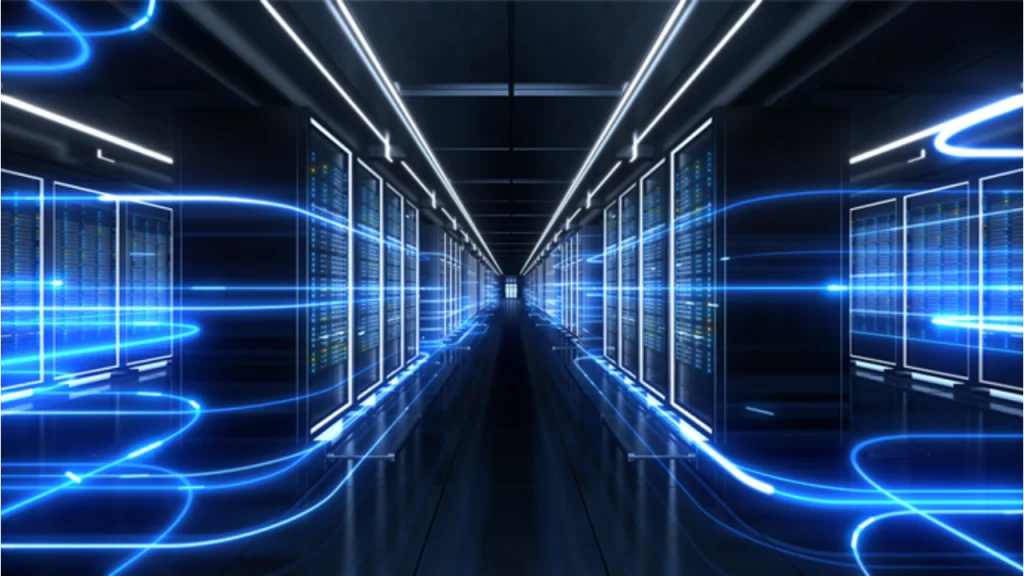- AI data centres cost up to 10% more to build compared to traditional centres
- Tokyo, Singapore, and Zurich emerge as the most expensive markets for data centre construction
What happened: AI-driven data centres face rising construction costs and supply chain challenges
A new report from Turner & Townsend has highlighted the growing challenges in the data centre construction industry due to the rise of AI-driven facilities. According to the 2025-2026 Data Centre Construction Cost Index, based on data from 52 global markets and insights from over 280 industry experts, AI workloads are driving a critical shift from traditional cloud-based data centres to high-density, liquid-cooled infrastructure.
This transition is placing significant strain on supply chains, with 83% of experts indicating that current supply chains are not equipped to handle the advanced cooling technologies required for AI data centres. Additionally, securing timely access to energy grids has emerged as the primary challenge for developers, with power demands escalating due to AI’s intensive needs.
The report also found that global construction costs for traditional data centres are expected to rise by 5.5% in 2025. AI-specific facilities, however, are facing a construction cost premium of 7-10%, with the USA seeing the highest price hikes due to the technical complexity involved.
Also Read: Taiwan puts Huawei and SMIC on export control list
Also Read: Trump tariffs hit Apple and Samsung as Huawei grows
Why it’s important
The report’s findings underline the growing pressure on the global data centre market, with energy availability and advanced cooling solutions becoming critical factors for developers. In major markets such as Tokyo, Singapore, and Zurich, construction costs have reached up to USD 15.2, USD 14.5, and USD 14.2 per watt, respectively. Silicon Valley, London, and Frankfurt also rank among the most expensive regions for data centre construction.
AI data centres require more advanced infrastructure to meet the increasing demands of AI workloads, which in turn is driving up construction costs. The report advises clients to adapt procurement models and innovate with energy-efficient designs to overcome power access challenges and mitigate the risks posed by escalating costs.
As AI continues to expand its reach across industries, these issues are expected to persist, making it crucial for developers and operators to find ways to adapt to the changing landscape. The competition for power and the need for more advanced cooling solutions will remain key factors in determining the future of the global data centre market.

